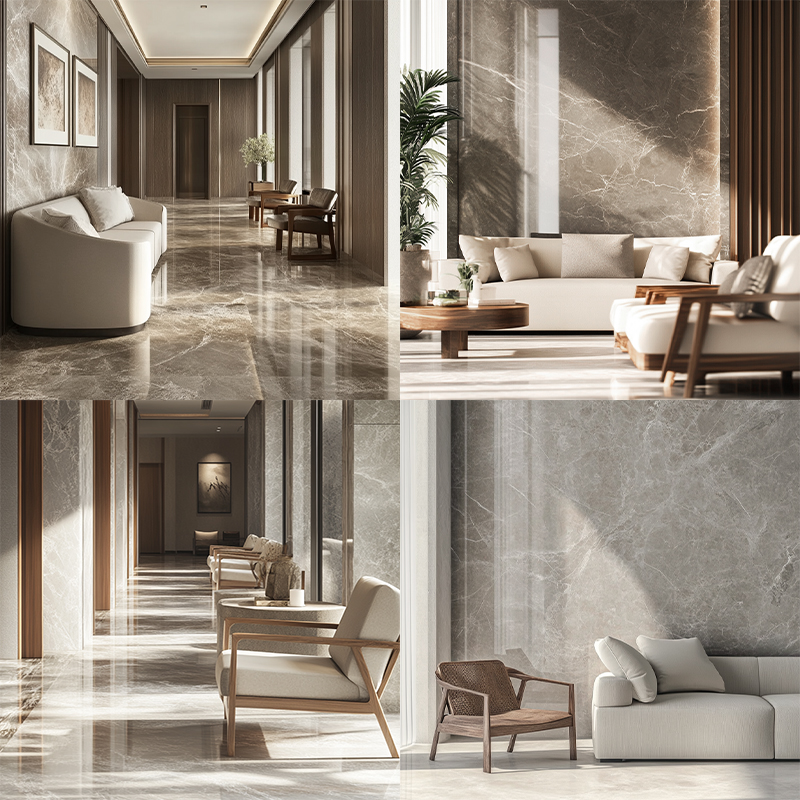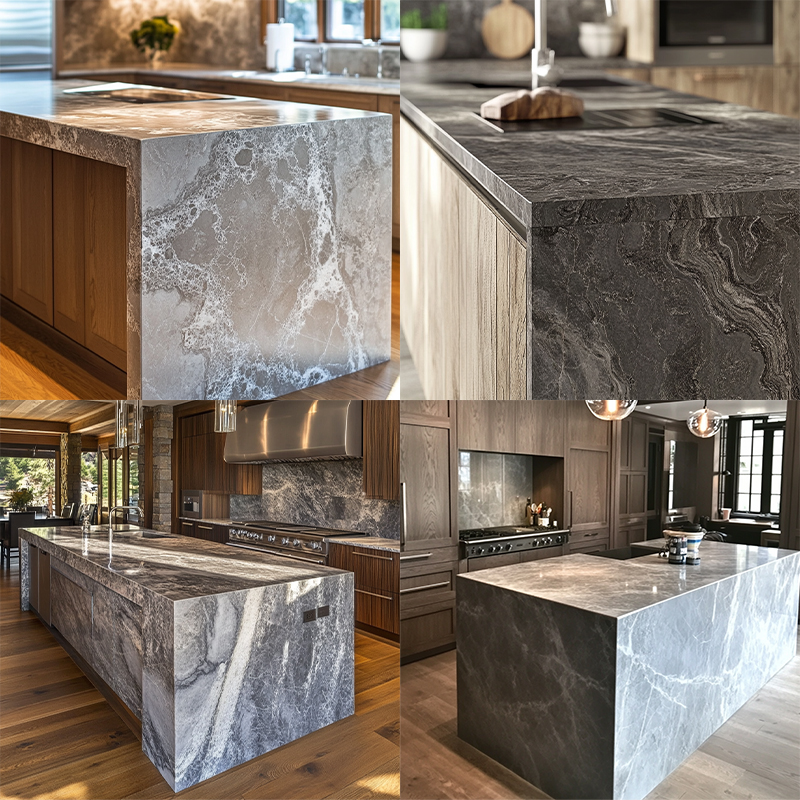Marble, a metamorphic rock composed primarily of calcium carbonate, has been revered for millennia for its aesthetic appeal, durability, and natural veining patterns. Originating from limestone subjected to intense heat and pressure, this luxury stone has shaped human history, art, and architecture. Its timeless elegance continues to inspire contemporary applications in interior design, construction, and sculpture.
Historical Significance and Geological Formation
The geological journey of marble begins with the recrystallization of sedimentary rocks under Earth’s crust. Regions rich in metamorphic activity, such as Carrara, Italy and Penteli, Greece, have produced iconic white marble varieties like Statuario and Calacatta, prized for their translucency and distinctive veining. Ancient civilizations, including the Greeks and Romans, utilized marble for monumental structures like the Parthenon and Pantheon, showcasing its structural integrity and weather resistance.
Architectural and Design Applications
In modern architecture, marble remains a symbol of opulence and sophistication. Its applications span:
1. Flooring and Wall Cladding: Polished marble tiles create reflective surfaces ideal for luxury interiors, while honed finishes offer slip-resistant practicality.
2. Countertops and Vanities: Kitchen countertops made from Carrara marble or Emperador Dark combine functionality with artistic flair, though they require sealing to resist staining from acidic substances.
3. Facades and Structural Elements: Architects employ marble slabs for building exteriors to achieve a blend of modern minimalism and classical grandeur.
Artistic and Sculptural Uses
Marble’s workability and fine texture have made it a favorite medium for sculptors. Michelangelo’s David, carved from a single block of Carrara marble, epitomizes the stone’s potential for intricate detailing. Today, contemporary artists leverage CNC machining and laser cutting to push the boundaries of marble craftsmanship, creating abstract installations and custom reliefs.
Innovations in Sustainability and Technology
While marble quarrying raises environmental concerns due to carbon emissions and resource depletion, advancements in sustainable mining and recycling aim to mitigate its ecological footprint. Engineered marble composites, such as cultured marble and quartzite blends, replicate natural patterns while enhancing scratch resistance. Additionally, waterjet cutting technology allows precise fabrication of complex shapes, reducing material waste.
Challenges and Maintenance
Despite its longevity, marble demands careful maintenance. Its porous nature makes it susceptible to etching from acidic cleaners, necessitating regular polishing and pH-neutral cleaners. In high-traffic areas, marble restoration services repair surface cracks and discoloration, preserving its luster for decades.
Cultural and Symbolic Resonance
Beyond practicality, marble carries cultural weight. In religious architecture, white marble symbolizes purity, evident in India’s Taj Mahal. In funerary art, black marble like Belgian Noir conveys solemnity. The stone’s veins and color variations—from creamy beige (Crema Marfil) to dramatic green (Verde Guatemala)—reflect Earth’s geological diversity.
Conclusion
From the quarries of Tuscany to smart home interiors, marble’s journey epitomizes humanity’s quest to harmonize nature’s beauty with functional design. As technology evolves, this ancient stone adapts, securing its place in both heritage conservation and futuristic projects. Whether adorning a skyscraper lobby or a bespoke coffee table, marble remains an enduring testament to artistry and geological wonder.






